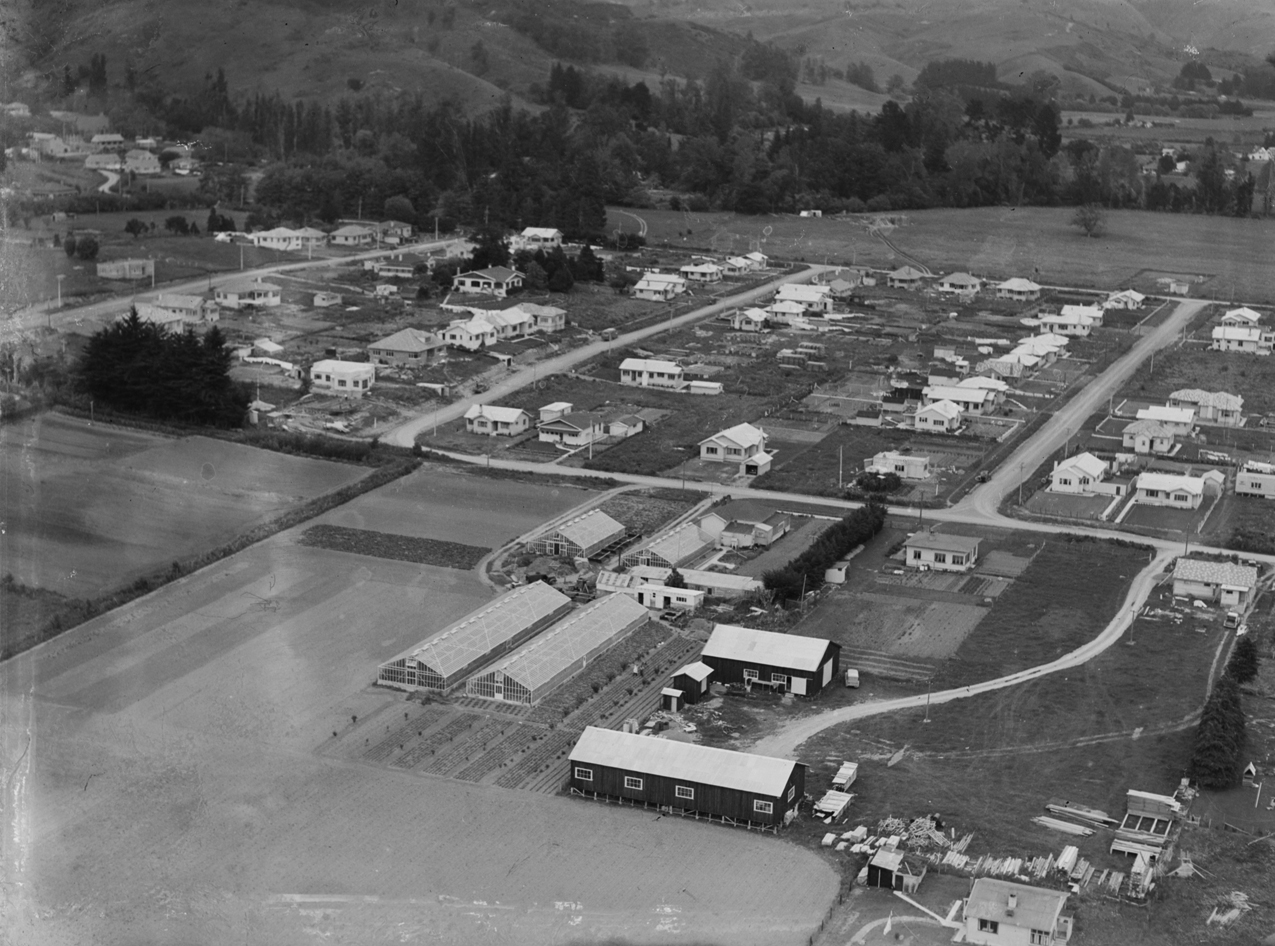Key takeaways
• More than 40,000 people have died in this devastating war, U.N. data shows
• Civilians face rising hunger, disease, and displacement
• Schools, hospitals, and homes lie in ruins across affected regions
• Peace talks struggle as fighting continues without a clear end
Devastating War Takes Toll on Thousands
A devastating war has now claimed over 40,000 lives, according to U.N. figures. The conflict began with a sudden attack that spiraled into months of heavy fighting. As weapons roar and bombs fall, countless families watch their homes fall apart. Yet, amid the rubble, people keep striving for hope.
The Rising Death Toll and Civilian Suffering
Even months into the conflict, the death toll has climbed without pause. Soldiers and fighters pay the price on the front lines, but civilians suffer the most. They face hunger when roads are blocked. They lack medicine when hospitals are hit. They lose loved ones when bombs strike without warning. This devastating war shows no mercy. U.N. agencies warn that the real number of deaths could be even higher, as many areas remain too dangerous for aid workers to reach.
Impact of the Devastating War on Communities
Villages and towns once full of life now stand silent. Entire neighborhoods lie in ruins. Schools that once rang with children’s laughter are hollowed shells. Hospitals struggle to treat the wounded with scarce supplies and overburdened staff. Many families flee their homes, becoming refugees in camps with little food or clean water. Even those who stay live in fear of the next attack. Life is a constant struggle, and rebuilding seems almost impossible.
How People Cope Each Day
Despite the fear, many residents find small ways to carry on. Neighbors share what little food they have. Volunteers turn empty buildings into makeshift shelters. Doctors and nurses risk their lives to treat the injured. Teachers conduct lessons under tents, hoping to bring a sense of normalcy. At the same time, children play in dusty fields, trying to forget the sounds of explosions. In those brief moments, they find a sliver of childhood amid chaos.
Efforts Toward Peace Amid Ongoing Strikes
Leaders from other countries have called for peace talks. Yet, ceasefires are fragile. Each side accuses the other of breaking promises. As talks stall, fighting flares up again. Humanitarian groups push for safe corridors to bring food and medicine. Still, roads remain dangerous, and aid convoys face threats on multiple fronts. In addition, political leaders struggle to agree on terms for ending the conflict. Without a clear plan, people fear the war will drag on for months, perhaps years.
Devastating War’s Economic Fallout
The conflict has also crippled local economies. Markets close, and farms go untended. Without income, families cannot buy basic goods. Prices for food and fuel skyrocket. Unemployment soars as businesses shut their doors. Many workers face the choice to join armed groups or endure extreme poverty. This cycle makes it harder to restore stability once the fighting stops.
Voices from the Ground
Aid workers describe scenes of utter devastation. One relief volunteer said that entire streets vanished overnight. Another spoke of hospitals overflowing with patients, forced to treat injuries without proper equipment. Survivors recount terrifying nights when their homes were destroyed. Yet, they also describe moments of solidarity, when strangers share blankets and hope for brighter days.
What Comes Next for a Nation in Ruins
With winter approaching, conditions will worsen. Displaced families need warm clothing and shelter. Aid agencies warn of outbreaks of disease if they do not receive more funding. Meanwhile, children risk losing years of education. Mental health experts fear a generation scarred by trauma. To change the course, world leaders must step up support for peace efforts and humanitarian aid.
Paths to Long-Term Recovery
Rebuilding will require more than repairing buildings. It will demand trust between divided communities. It will need jobs to help families regain financial stability. It will call for mental health services to heal emotional wounds. And it will call for fair governance to prevent history from repeating itself. Donors say they will help, but they need clear plans from local leaders. Only through cooperation can real recovery begin.
Key Challenges Ahead
1. Ensuring safe access for aid workers
2. Negotiating a lasting ceasefire
3. Funding emergency relief and reconstruction
4. Protecting civilians and upholding human rights
Hope in the Midst of Hardship
Even in the darkest moments, people find reason to hope. Local groups organize community kitchens to feed hungry families. Citizens document human rights abuses to demand justice later. Youth volunteers plant gardens to restore farmland. These small acts of courage show that a better future is possible, even if it feels distant today.
In the end, stopping this devastating war will take global will, local courage, and a shared vision for peace. Until then, every day brings new challenges, and every life lost leaves a gap that can never be filled. Yet, those who remain keep fighting for a world where children can play without fear and families can build homes without walls of rubble.
Frequently Asked Questions
What is the main cause of this devastating war?
The conflict started over political control and resources. Tensions grew when talks failed. Armed groups clashed, and violence quickly spread.
How many people have fled their homes?
More than two million people have been displaced so far. Many live in overcrowded camps or with host families, lacking basic needs.
What is the international community doing?
Countries and organizations are calling for peace talks. Aid groups deliver food, medicine, and shelter where they can reach.
How can readers help those affected?
Donations to reputable humanitarian groups make a real difference. Spreading awareness and encouraging leaders to act also supports relief efforts. Source: https://www.nydailynews.com/2025/11/24/sudan-us-ceasefire-proposal/

